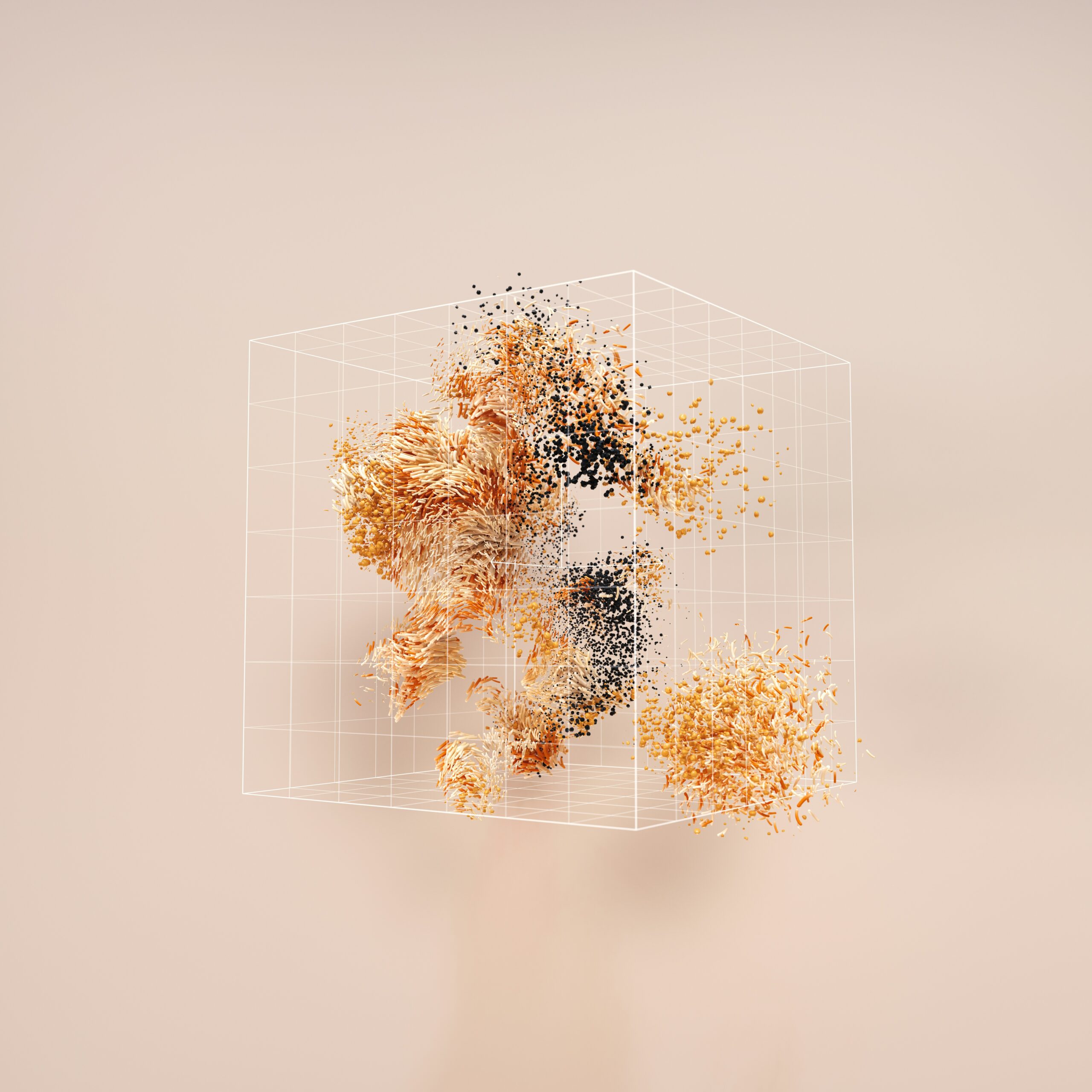In short: Bell States are a set of simple states of an entangled pair of qubits.
Let’s break down this definition bit by bit (pun intended). A quantum bit, or a qubit, is in some superposition of the |0〉and |1〉states, where the zero and one states are values that the qubit can be measured as. Mathematically, this may be represented as
where, based on the above state, we know the following:
- When measuring the qubit, the final outcome will be either |0〉or |1〉.
- There is an ɑ² probability that the measured state will be |0〉.
- There is an β² probability that the measured state will be |1〉.
The nonzero probability of measuring either state suggests that the qubit is in superposition, since it can be expressed as a combination of the possible outcomes. Observe that for the state to be valid, ɑ² and β² must sum to 1 (that is, the sum of the probabilities of all possible outcomes must come to 100%), and that the states themselves must make up a set of valid outcomes. Mathematically, this set of valid outcomes is called the “orthogonal basis,” which is temporarily outside the scope of this article.
What is Quantum Entanglement?
Quantum entanglement occurs when the quantum states of more than one qubit is related to one another. If you measure and get information about the state of at least one of the qubits in the set, you immediately can discern some new information about the remaining, entangled qubits.
What does this mean? Consider the following state.
This describes the state of a system that contains 2 qubits. We call “00” and “11” bit strings. The value of the first character in this bit string corresponds to the first qubit, and the value of the second character similarly corresponds to the second qubit. For example, “001” tells us that, if the measurement result may be expressed using this bit string, the first and second qubits have value 0, and the third qubit has value 1.
Let us assume that the given states of |00〉and |11〉are valid. Then, we show that the probability of measuring each sums to 1. That is,
We now consider what happens if we attempt to measure only one of the two qubits, and not both at once. Suppose you measure only the first qubit. Here are the possible outcomes:
- If you measure the first qubit to be 0, there is a 100% chance that the second qubit is also 0.
- Alternatively, we know that there is a 0% chance that the second qubit has value 1, since the only possible outcomes are 00 and 11.
- If you measure the first qubit to be 1, there is a 100% chance that the second qubit is also 1.
- Similarly, this is because the only possible outcomes are 00 and 11, and since the first qubit is 1, the final state can not ever be 00.
Therefore, by measuring only one of the two qubits in the system, you have learned information about the unmeasured qubit. This can be extended to systems containing three, four, and even more qubits. As long as systems are entangled, measuring one of the qubits in the system will reveal some information about the others.
Introducing the Bell States
Interestingly, the example state we used,
is in fact known as a Bell State. The Bell States – and their representative symbols – are as follows:
These states are special because they are seen as simple. There are only two qubits involved, and the qubits have a 1/2 probability of being measured as either of the possible outcomes. Furthermore, the quantum circuit needed to create it is rather simplistic. The “-” value in front of the second state indicates a “phase change,” which is a rotation of the states that is only relevant if the direction of measurement for the qubits is changed.
Conclusion
Thus, Bell States are seen as a fundamental concept in basic quantum computing. Their simplicity means they are useful in introducing other basic concepts. So, keep your knowledge of the Bell States – and their respective symbols and meanings – in your back pocket as you keep learning about quantum computing!






